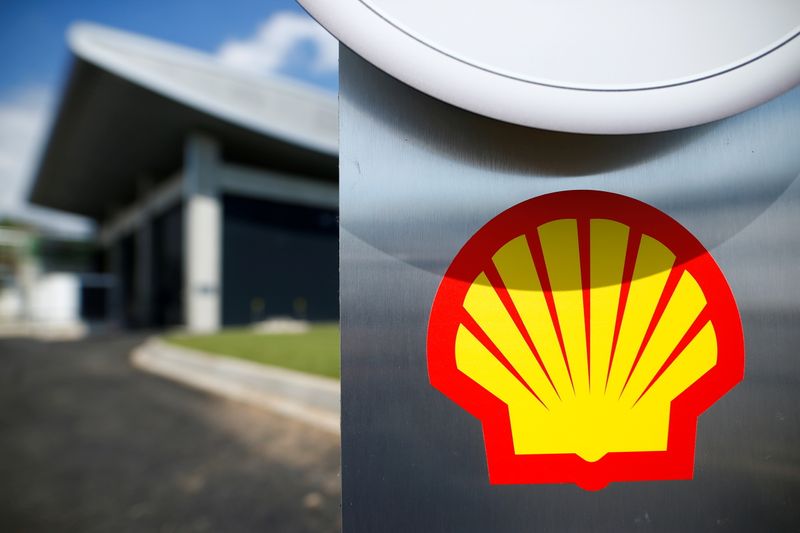Street Calls of the Week
Investing.com -- Shell Plc (LON:SHEL) shares fell more than 7% on Monday after the company issued a first-quarter 2025 trading update that flagged higher upstream taxes and a sizeable working capital build, despite solid performances in gas and oil trading.
The update, ahead of full results on May 2, pointed to continued strength in Shell’s trading operations.
Gas trading was resilient, even with a previously disclosed $200–300 million headwind from expiring hedge contracts.
Oil trading also improved quarter-on-quarter, returning to levels last seen during the seasonal peaks of mid-2024.
In Integrated Gas, Shell trimmed its liquefaction volume guidance to 6.4–6.8 million tonnes from a prior range of 6.6–7.2 million tonnes, while trading performance remained stable.
Operating expenses are forecast between $900 million and $1.1 billion, below RBC Capital Markets’ estimate of $1.2 billion.
Depreciation and amortisation is expected at $1.2–1.6 billion, with tax guidance ranging from $700 million to $1 billion, slightly above consensus.
In the upstream division, Shell narrowed its production forecast to 1.79–1.89 million barrels of oil equivalent per day, broadly in line with market expectations.
However, the company flagged higher tax costs, now expected between $2.4 billion and $3.2 billion—well above RBC’s $1.8 billion estimate.
Operating expenses are seen at $2.1–2.7 billion, with DD&A in the $1.9–2.5 billion range. Shell also expects $200 million in income from joint ventures and associates, alongside approximately $100 million in exploration write-offs.
Downstream performance was mixed. Refining margins improved modestly to $6.20 per barrel, while chemical margins softened to $126 per tonne, down from $138 per tonne in the previous quarter. Oil trading, however, saw a rebound from Q4.
In Renewables and Energy Solutions, earnings are expected to fall anywhere between a $300 million loss and a $300 million gain.
This wide range reflects ongoing volatility in the segment. RBC had forecast a $110 million loss, while broader consensus pointed to breakeven.
Shell also warned of a potential working capital build of up to $5 billion in Q1, alongside a derivative impact ranging from a $2 billion outflow to a $2 billion inflow.
Cash taxes are expected between $2.5 billion and $3.3 billion, exceeding RBC’s $2.4 billion forecast.
These cash flow pressures appear to have weighed on investor sentiment and likely contributed to the sharp selloff.
